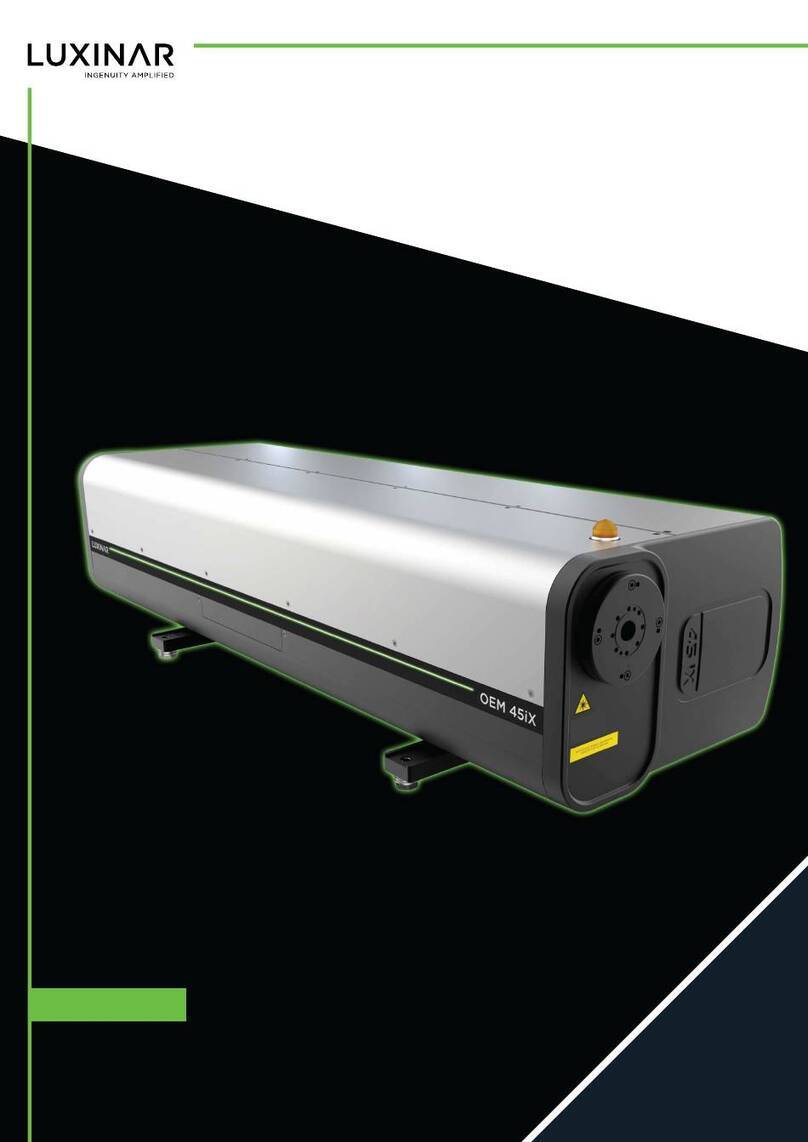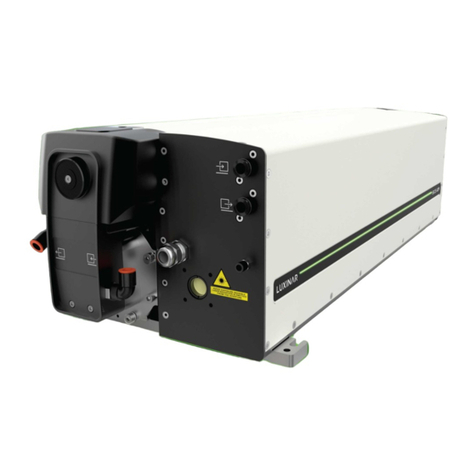
Table of contents
Preface
Audience
Other publications
How to use this manual
Admonitions
Connector labels and signal names
1. Safety........................................................................................................................................................... 1
1.1. General safety information................................................................................................................. 1
1.2. Label locations.....................................................................................................................................2
1.3. Labels.................................................................................................................................................. 4
1.4. Emission warning indicator................................................................................................................. 6
1.5. Maximum Permissible Exposure and Nominal Ocular Hazard Distance............................................. 7
1.6. Decommissioning and disposal........................................................................................................... 7
2. General description..................................................................................................................................... 9
2.1. Principle of operation..........................................................................................................................9
2.2. Laser head — standard version........................................................................................................... 9
2.3. Laser head — shutter version........................................................................................................... 10
2.4. DC power supply (optional)...............................................................................................................10
2.5. OEM 65iX three-phase DC power supply (016-0031-00).................................................................. 11
2.5.1. General description.................................................................................................................... 11
2.5.2. Specification............................................................................................................................... 11
2.5.3. Installation..................................................................................................................................12
2.5.4. Operation................................................................................................................................... 15
2.6. OEM 65iX three-phase DC power supply (016-0033-00).................................................................. 19
2.6.1. General description.................................................................................................................... 19
2.6.2. Specification............................................................................................................................... 19
2.6.3. Installation..................................................................................................................................20
2.6.4. Operation................................................................................................................................... 23
2.7. OEM-sourced DC power supply and Luxinar controller.................................................................... 26
2.7.1. General description.................................................................................................................... 26
2.7.2. Specification............................................................................................................................... 26
2.7.3. Installation..................................................................................................................................27
2.8. Absorbing Thin Film Reflector (ATFR)/circular polariser................................................................... 29
2.8.1. Back reflection considerations................................................................................................... 30
2.9. Specifications.................................................................................................................................... 30
2.9.1. RF power supply......................................................................................................................... 30
2.9.2. RF cable — RF power supply to laser head................................................................................ 30
2.9.3. OEM sourced DC power supply requirements........................................................................... 31
2.9.4. Dimensions................................................................................................................................. 31
2.9.5. Weights...................................................................................................................................... 31
2.9.6. Customer connections............................................................................................................... 31
2.9.7. Cooling system........................................................................................................................... 31
2.9.8. Optics purge gas......................................................................................................................... 32
2.9.9. Environmental specifications..................................................................................................... 33
2.9.10. Performance.............................................................................................................................33
2.9.11. Laser diode pointer option....................................................................................................... 33
3. Operation...................................................................................................................................................35
3.1. Overview of control options..............................................................................................................35
3.1.1. Hand-held MCU (Mobile Control Unit).......................................................................................35
3.1.2. Host machine commands using the U1 connector.....................................................................36
3.2. General considerations before starting the laser..............................................................................36
3.3. Start-up............................................................................................................................................. 37
3.4. Shutdown.......................................................................................................................................... 37
3.5. Emergency stop................................................................................................................................. 37
906-0238-00 REV 4 i Table of contents






























